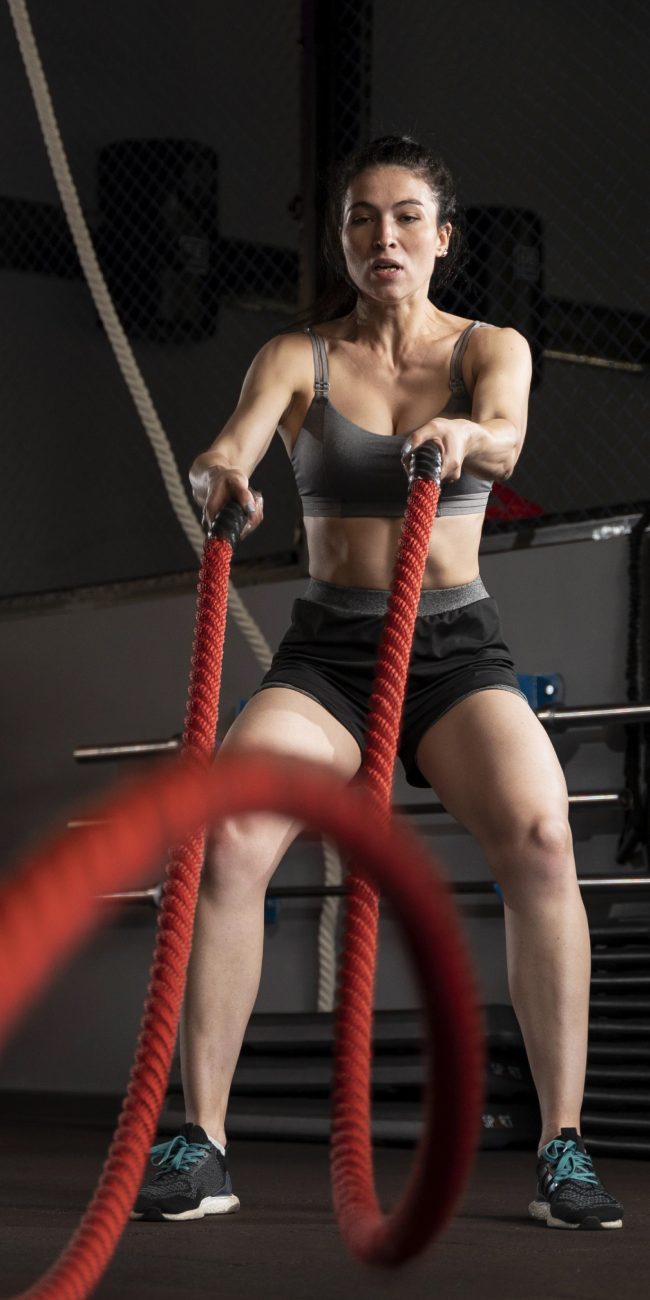
Pilates for Postpartum Recovery: Rebuilding Strength and Wellness After Childbirth
The postpartum period is a transformative time for women—physically, mentally, and emotionally. Whether you’ve experienced a vaginal birth or a C-section, your body has undergone incredible changes. As you begin your healing journey, Pilates can be a powerful and safe way to rebuild strength, improve posture, and reconnect with your core.
At Virago Fitness in Ajman, our postnatal Pilates classes are designed to support new mothers during this delicate time, helping you regain control, restore balance, and feel empowered.
Why Pilates is Ideal for Postpartum Women
Pilates focuses on controlled, mindful movement that strengthens the core, improves flexibility, and enhances body awareness—all essential components for postpartum recovery.
Here’s why it stands out:
- Gentle yet effective: Pilates adapts to the body’s needs during the postpartum period, making it suitable even in the early stages of recovery.
- Core-focused: It targets deep abdominal muscles and the pelvic floor, both of which are weakened during pregnancy and childbirth.
- Supports alignment: The emphasis on posture and breath helps relieve common postnatal discomforts such as back pain or hip tightness.
- Mental health benefits: Pilates encourages mindfulness and stress reduction, which can help manage postpartum depression symptoms.
Postnatal Pilates Exercises to Support Recovery
Each movement in postpartum Pilates is intentional. Exercises are designed to:
- Strengthen the core without straining healing tissues
- Rebuild pelvic floor function
- Improve posture and body mechanics during daily motherhood activities
These exercises avoid heavy impact or overexertion, offering a safe path for recovery.
Reconnecting with Your Body After Childbirth
After childbirth, many women feel disconnected from their bodies. It’s normal to feel like a stranger in your own skin. Pilates offers an opportunity to reconnect with your body through breath, alignment, and movement.
By focusing on controlled exercises, you can:
- Increase confidence in your body’s ability
- Rebuild a healthy body image
- Cultivate self-compassion during this transformative phase
The Role of Pilates in Pelvic Floor Rehabilitation
One of the most critical aspects of postnatal care is pelvic floor rehabilitation. The pelvic floor muscles support your uterus, bladder, and bowel—and they are often stretched or weakened during pregnancy.
Pilates exercises like pelvic tilts, bridges, and deep core activations gently strengthen these muscles. Regular practice can:
- Prevent or reduce symptoms of pelvic floor dysfunction
- Improve continence
- Restore sexual health and confidence
Posture, Core Strength, and Abdominal Recovery
Your abdominal muscles, particularly the transverse abdominis, play a vital role in stabilizing your spine and pelvis. Many new mothers experience diastasis recti, a separation of the abdominal wall.
Postpartum Pilates helps:
- Gently close the gap caused by diastasis recti
- Improve overall core strength
- Realign your posture, reducing the risk of back pain and injuries
How Postnatal Pilates Can Help You Heal Physically and Mentally
Healing from childbirth isn’t only physical. Hormonal shifts, sleep deprivation, and emotional overwhelm can take a toll. Pilates provides more than just exercise—it’s a space for mindful connection and emotional release.
Benefits include:
- Reduced stress and anxiety
- Improved body confidence
- Enhanced energy and mood
- A safe, judgment-free environment
When to Start Pilates After a Vaginal Birth or C-section
Timing matters. Here’s a general guideline:
- Vaginal birth: You may begin gentle postpartum Pilates exercises as early as 4–6 weeks postpartum, with medical clearance.
- C-section: It’s typically best to wait 8–10 weeks before starting Pilates, depending on incision healing and clearance from your doctor.
Always consult your healthcare provider before starting any postnatal exercise program.
Join a Pilates Class at Virago Fitness in Ajman
At Virago Fitness, we understand what new mothers need. Our postnatal Pilates classes in Ajman are led by certified instructors trained in postpartum recovery. Each session is designed to honor your body’s journey—whether you’re weeks or months into motherhood.
Experience:
- Small, supportive classes
- Exercises tailored to your birth experience
- Focused attention on pelvic floor, core rehabilitation, and overall wellness
5 Pilates Exercises for Postpartum Recovery
Here are five safe and effective exercises to incorporate into your routine:
1. Pelvic Tilt
Description: Lying on your back with knees bent, gently tilt your pelvis to flatten your lower back against the floor.
Benefits: Activates the lower abdominals and pelvic floor.
2. Heel Slides
Description: Lie on your back, engage your core, and slowly slide one heel along the floor while keeping your spine stable.
Benefits: Enhances core control and coordination.
3. Bridge
Description: With feet hip-width apart, lift your hips off the mat while squeezing your glutes.
Benefits: Strengthens glutes, pelvic floor, and improves posture.
4. Toe Taps
Description: Lie on your back with knees bent at 90°. Alternate tapping your toes to the floor while keeping your core engaged.
Benefits: Helps rebuild abdominal strength while protecting the spine.
5. Modified Side Plank
Description: Resting on one forearm with knees bent, lift your hips and hold.
Benefits: Improves core stability and strengthens the obliques without pressure on the abdomen.
Common Postpartum Issues Pilates Can Address
Diastasis Recti
Many women experience this abdominal separation. Pilates strengthens the inner core without crunches, which can worsen the condition.
Pelvic Floor Dysfunction
Weakness or damage can lead to incontinence or pressure. Targeted pelvic floor exercises in Pilates help restore function.
Postpartum Depression
Movement, breathing, and mindfulness in Pilates can alleviate anxiety and boost mood. Group classes also create a sense of community and connection.
Final Thoughts: Reclaim Your Strength at Virago Fitness
Rebuilding after childbirth takes time—and the right guidance. At Virago Fitness in Ajman, we empower mothers to reclaim their strength and confidence through safe, effective postnatal Pilates. Whether you’re navigating pelvic floor rehabilitation, abdominal recovery, or simply seeking to reconnect with your body, our certified instructors are here to support you.
Ready to begin? Join a postnatal Pilates class at Virago Fitness and take the first step toward strength, wellness, and empowerment.
Frequently Asked Questions (FAQs)
When can I start Pilates after childbirth?
With medical clearance, most women can begin gentle postpartum Pilates 4–6 weeks after a vaginal birth or 8–10 weeks after a C-section.
Is postpartum Pilates safe after a C-section?
Yes, with your doctor’s approval. Classes at Virago are tailored for C-section recovery, focusing on gentle movement and scar-safe core strengthening.
What are the benefits of postnatal Pilates?
It supports abdominal recovery, strengthens the pelvic floor, improves posture, reduces stress, and helps you feel more connected to your body.
Can Pilates help with abdominal separation (diastasis recti)?
Absolutely. Pilates exercises are designed to close the gap gently and strengthen the deep core without aggravating the condition.
How does Pilates support pelvic floor rehabilitation?
Through breathing, deep core activation, and low-impact pelvic floor exercises, Pilates restores strength and function safely.
Do I need a physiotherapist or Pilates instructor?
A certified postnatal Pilates instructor is typically sufficient for mild to moderate recovery. For more complex issues, working alongside a pelvic floor physiotherapist is ideal.




